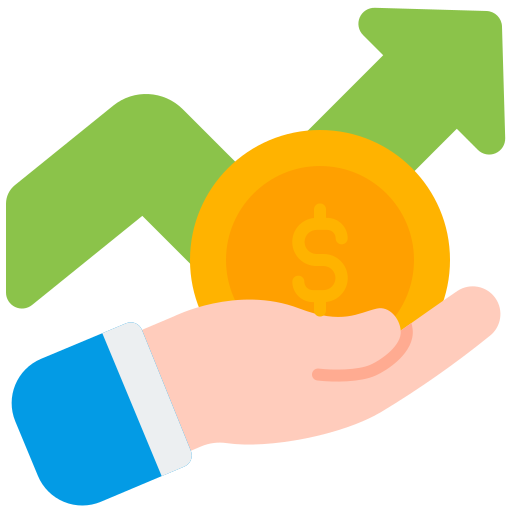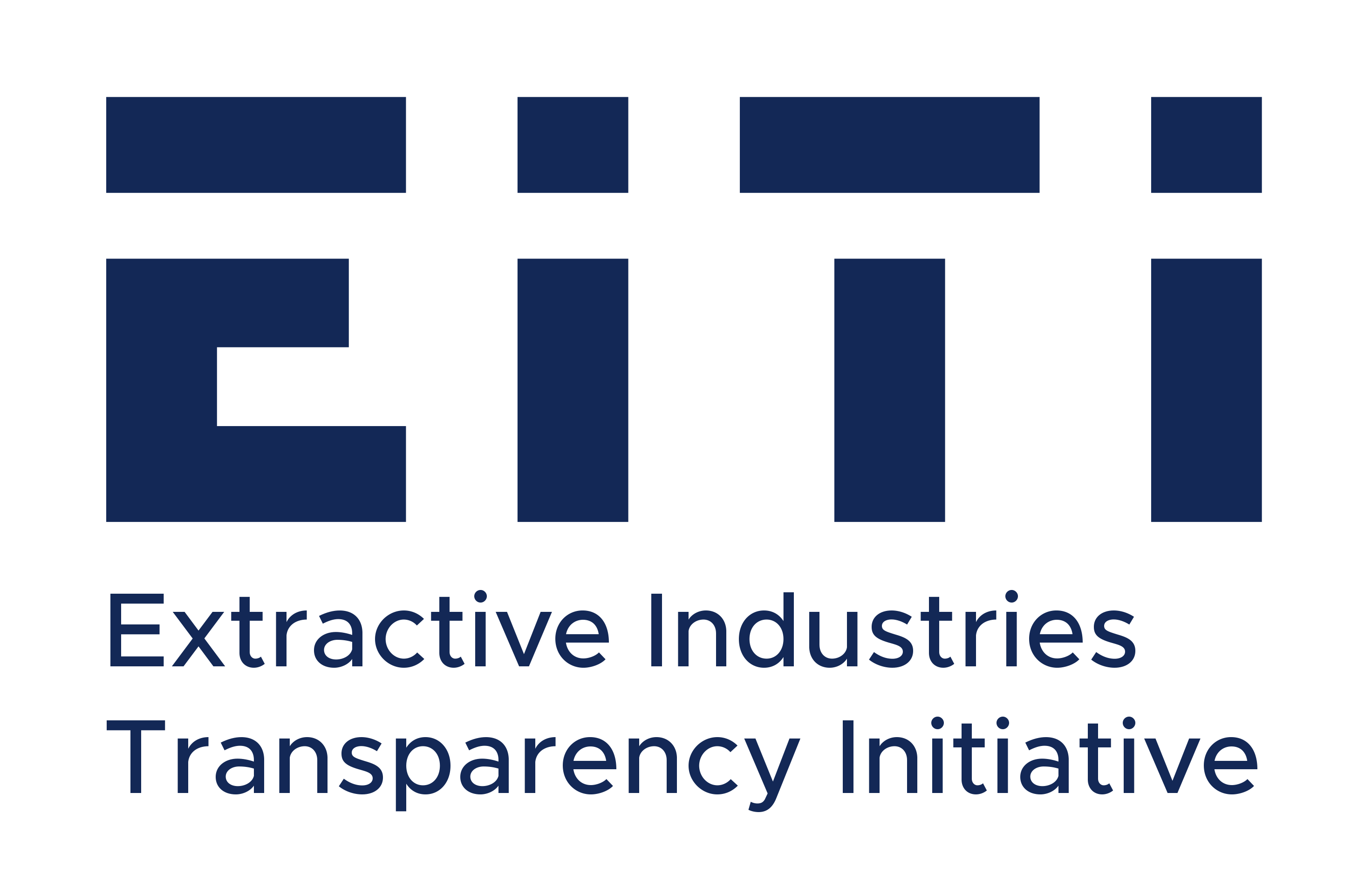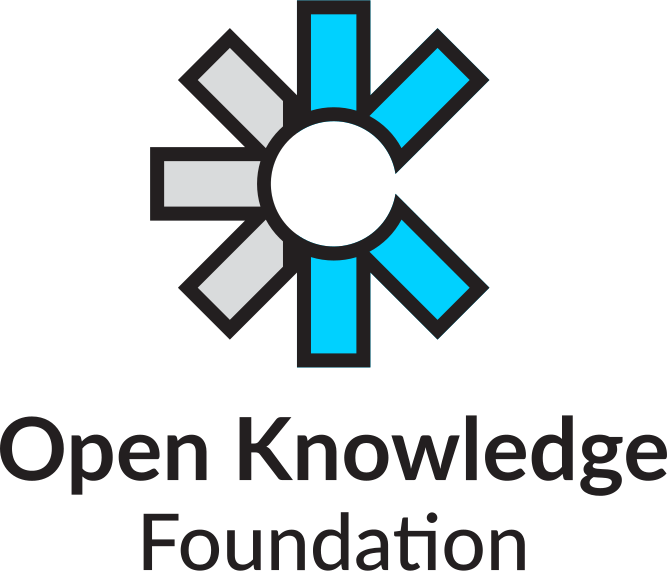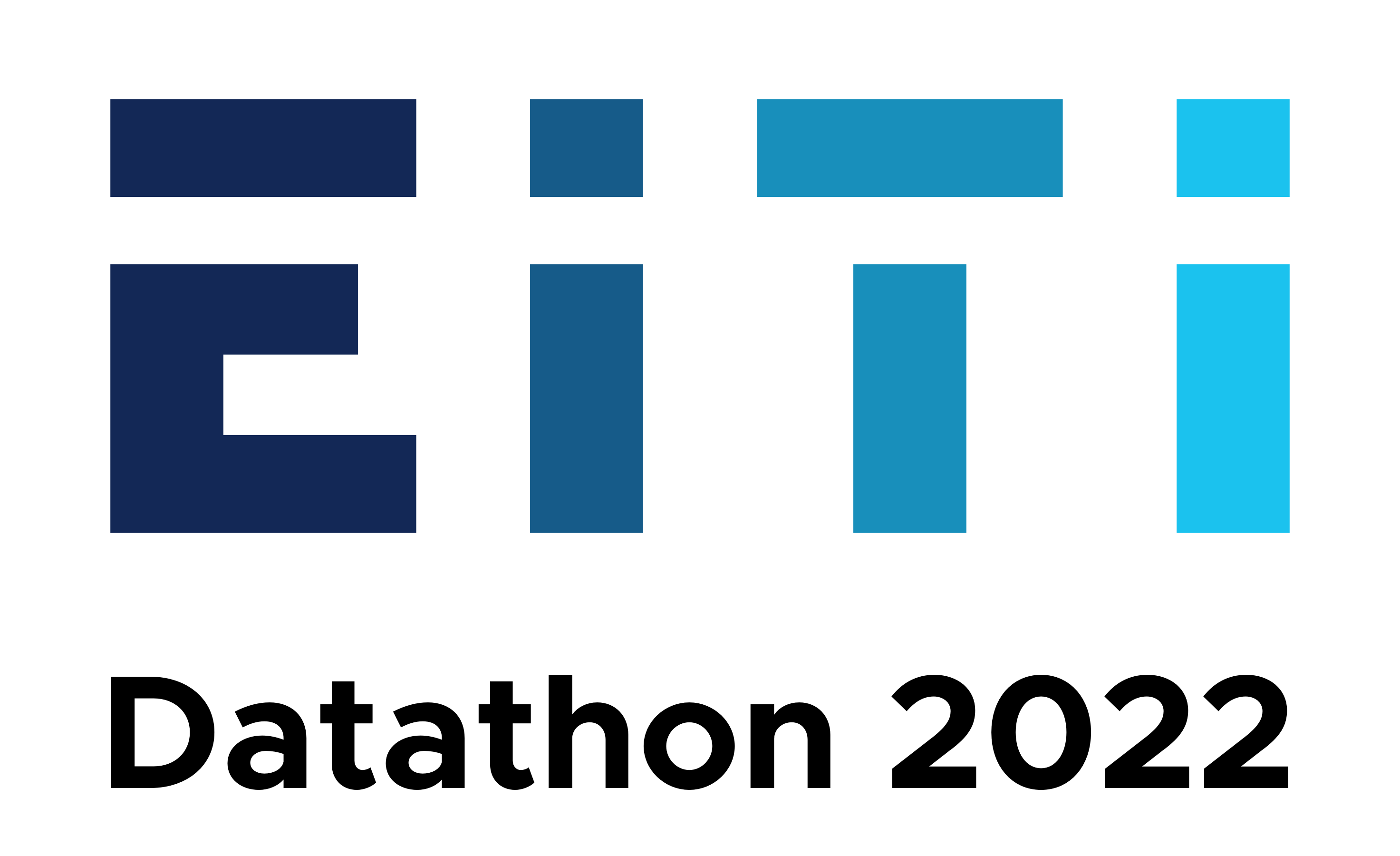
Scenario 1: Helping officials decide how to invest government revenues to support long-term development plans in the context of the energy transition.
The scenario
Once upon a time... a new president was elected in an oil-rich country. During the election campaign, the winning candidate had set out an ambitious long-term vision for investments in education, healthcare and infrastructure. Upon taking office, the president tasked her minister of finance with putting together a plan for financing the government’s agenda. For decades, the country’s budget had relied overwhelmingly on revenues from the oil industry. However, recent volatility in oil prices and growing global calls for action on climate change made the minister hesitant about continuing to rely upon the oil industry as a way of financing the budget.
Every day... officials at the ministry of finance would wonder how to deliver the president’s campaign promises. The officials were unsure how volatility in international oil prices might impact the size of the government budget and what this would mean for the amount of money available for spending on the president’s priorities. The previous year, prices had dropped as low as $20 per barrel, forcing the previous government to make painful budget cuts. Now, prices were at $120 per barrel, leading to calls for an increase in spending. However, with global action on climate change gathering momentum, and many major economies investing heavily in low-carbon technologies to reduce their reliance on fossil fuels, officials were hesitant about assuming oil prices would remain at such high levels. They wanted to put together a sustainable spending plan that they would be able to finance even if oil prices dropped. But the officials did not know what the implications of different price scenarios really were for the amount of money they would have at their disposal.
This is where your proposal comes in.
One day... (what will you do to address the problems and challenges being faced?)
Because of that... (what changes will your solution bring?)
Until finally... officials were able to systematically forecast what different oil price scenarios would mean for the government’s ability to deliver on its election promises. Based on this, officials devised a long-term plan for investments in healthcare, education and infrastructure that would be feasible even if oil prices were low. The government put in place plans to diversify its economy to reduce its reliance on oil revenues.
Keywords
national politics campaign promises income forecasting compromises good governance scenario modelling government decision-making
Scenario Starter Kit
Recommendations for your design process
- The pain points in this scenario involve:
- understanding how different price scenarios could impact future government revenues from the fossil fuel sector; and
- understanding the viability of individual fossil fuel projects under different price scenarios.
- An entry point for your solution can be in the budget forecasting process of the government.
- Other information that you can incorporate in your solution include: reserves data, a specific timeframe, costs of developing future projects, current domestic use of government revenues, and the fiscal regime.
- An example of a country with multiple years of revenue and production data is Senegal.
- You can also use the EITI API to fetch specific datasets based on your needs.
- Remember: We do not expect perfect solutions—the focus of this event is on prototyping ideas, rather than creating perfect tools.
Who will be your audience and users?
The key stakeholders for this scenario are:
- government officials - they are the primary users and audience of your solution which should allow them to forecast government revenues based on different oil price scenarios.
Recommended data and resources
- Summary data from EITI reports
- Revenue data
- Production data
- Price data
- EITI API
Data and resource documentation
Summary Data from EITI Reports
What is it?
Data files collected by using Summary Data Templates and organized in folders by country. These include a wide range of fiscal, legal and contextual data related extractive industries, including company-by-company revenue data.
Where to get it?
The data is shared freely in this Google Drive as per EITI's Open Data Policy.
Tips and advice about the resource
- What's in the folders - The data files are organised in folders by country and contains:
- Excel files of summary data for a specific year. Some are “proxy” files, with aggregate data, as the full summary data sheet from the implementing country are not yet available.
- The EITI Report that is the basis of the Summary Data.
- Summary data templates - the summary data spreadsheets available from the folder use two template versions depending on the year of the report—most reports from 2018 use version 2.0 while those prior to 2018 use version 1.1. Always refer to the Introduction tab (usually the first one) of each summary data spreadsheet to determine what version is used and what information each of the tabs contain.
- Sources of the data - Recent data has been provided by Independent Administrators and National Secretariats of the EITI, while data from older reports are continuously being compiled by the International Secretariat itself.
- Data quality - Implementing countries are responsible for ensuring that this data is accurate. For detailed information, you may consult the original reports. Where figures are not available in US dollars, the annual average exchange rate is used.
- Not all files are in English - whenever applicable, the language used in the files is indicated in the file name by a two-letter code (e.g. EN - English, ES - Spanish, FR - French, DE - German).
- Not all PDF reports have the same tables - not all reports have the same tables or have them on the same pages, utilize the table of contents and list of tables to determine if the data you are looking for is in the report.
Revenue data
What is it?
Data on government revenue disaggregated by revenue streams and government agency according to GFS classification.
Where to get it?
You can find this data in EITI reports and summary data files, particularly in the Summary Data spreadsheets. For example:
- 3. Revenues tab in 2017 Senegal Summary Data EN_san
- Part 4 - Government revenues and Part 5 - Company data tabs in 2019 Senegal Summary Data EN v2
Tips and advice about the resource
- The information about revenue is disaggregated by sector (oil and gas or mining).
- This information can be found in different tabs depending on the reporting template version used in the spreadsheet. For version 1.1 (most reports prior to 2018), it can be found in the 3. Revenues tab. For version 2.0 (most reports since 2018), it can be found in the Part 4 - Government revenues and Part 5 - Company data tabs
- The data for Senegal is a good example of a dataset that includes multiple years of reporting including several that use the most recent reporting template.
- You can also use the EITI API to fetch specific datasets based on your needs.
Production data
What is it?
Oil and Gas production data for a given year and a given country
Where to get it?
You can find this data in EITI reports and summary data files, particularly in the Summary Data spreadsheets. For example:
- 2. Contextual tab in 2017 Senegal Summary Data EN_san
- (EITI Requirements 3.2) Part 2 - Disclosure checklist and Part 3 - Reporting entities tabs in 2019 Senegal Summary Data EN v2
Tips and advice about the resource
- This information can be found in different tabs depending on the reporting template version used in the spreadsheet. For version 1.1 (most reports prior to 2018), it can be found in the 2. Contextual tab. For version 2.0 (most reports since 2018), it can be found in the Part 2 - Disclosure checklist (country-level) and Part 3 - Reporting entities (project-level) tabs
- The data for Senegal is a good example of a dataset that includes multiple years of reporting including several that use the most recent reporting template.
- You can also use the EITI API to fetch specific datasets based on your needs.
Price data
What is it?
Historical data on crude oil prices.
Where to get it?
You can find this data at: Brent crude oil prices or WTI crude oil prices.
Tips and advice about the resource
- When using the data sources mentioned above, there will be a need to scrape the data first.
- You can use another data source for the price but make sure that you properly document what data source you will use in your proposal.
EITI API
What is it?
A REST Application Programming Interface (API) to programmatically access EITI data.
Where to get it?
You can access the API and its documentation at eiti.org/api.
Tips and advice about the resource
- Most of the data needed for the scenario should be available from the Summary Data but you may opt to use the API if you think you need to programmatically access information or are looking for specific data point.
The EITI Datathon 2022 is brought to you by:





